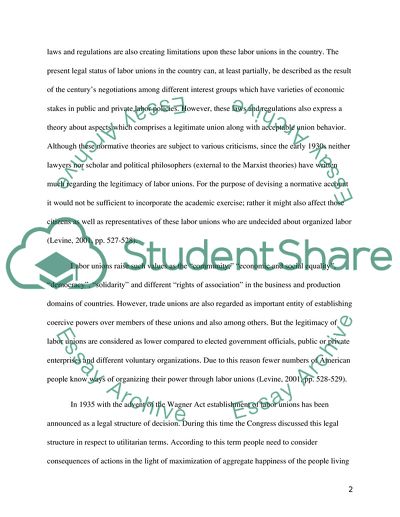Cite this document
(“Effectiveness of Labor Unions and Laws Research Paper”, n.d.)
Effectiveness of Labor Unions and Laws Research Paper. Retrieved from https://studentshare.org/law/1771577-labor-relations-labor-unions
Effectiveness of Labor Unions and Laws Research Paper. Retrieved from https://studentshare.org/law/1771577-labor-relations-labor-unions
(Effectiveness of Labor Unions and Laws Research Paper)
Effectiveness of Labor Unions and Laws Research Paper. https://studentshare.org/law/1771577-labor-relations-labor-unions.
Effectiveness of Labor Unions and Laws Research Paper. https://studentshare.org/law/1771577-labor-relations-labor-unions.
“Effectiveness of Labor Unions and Laws Research Paper”, n.d. https://studentshare.org/law/1771577-labor-relations-labor-unions.


